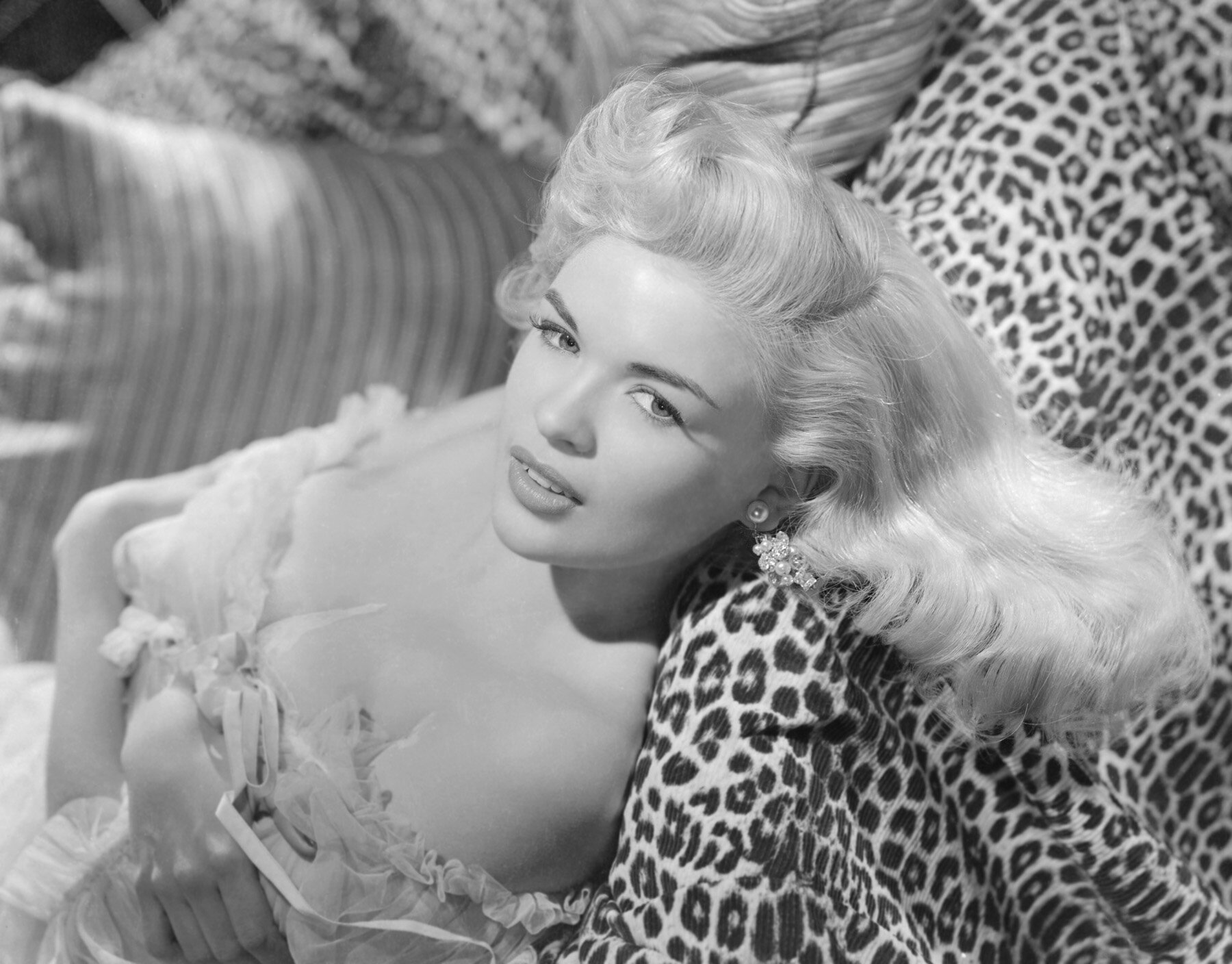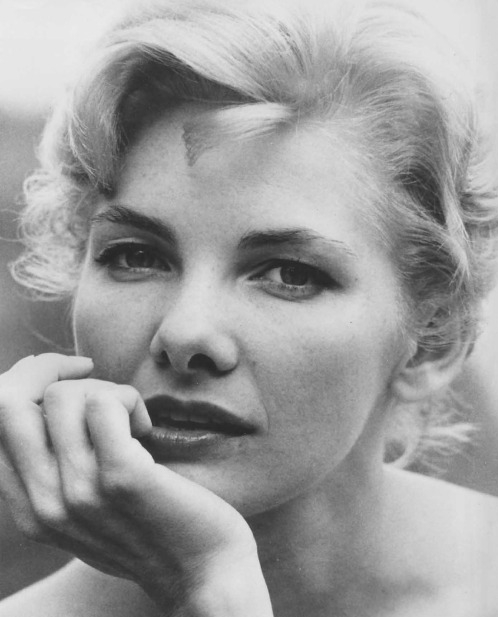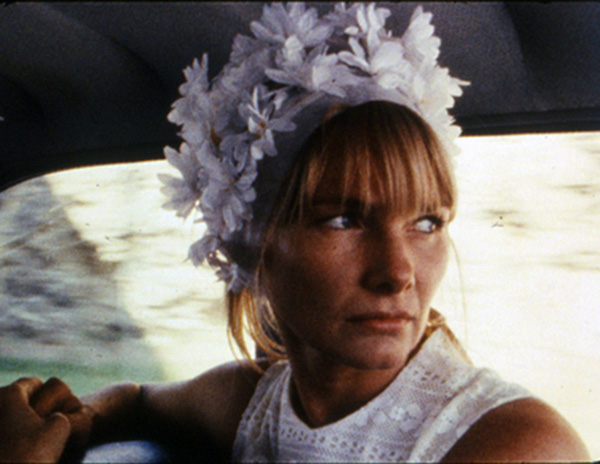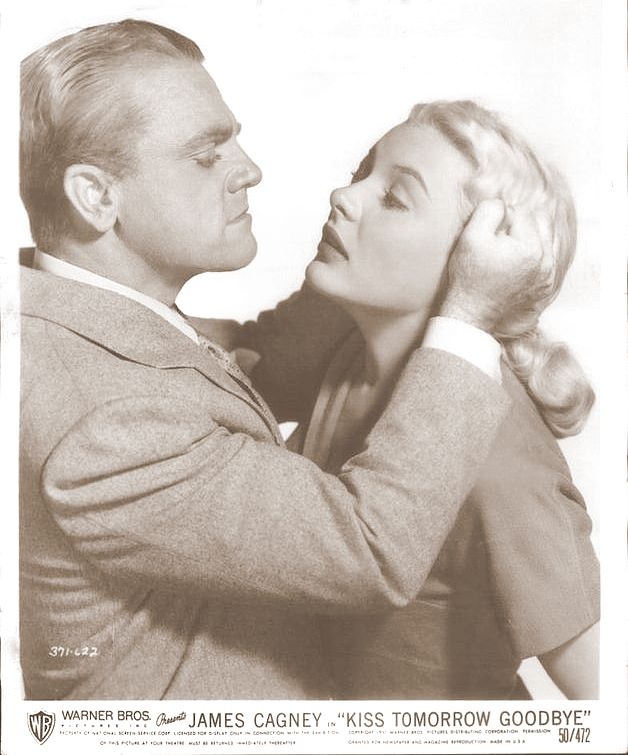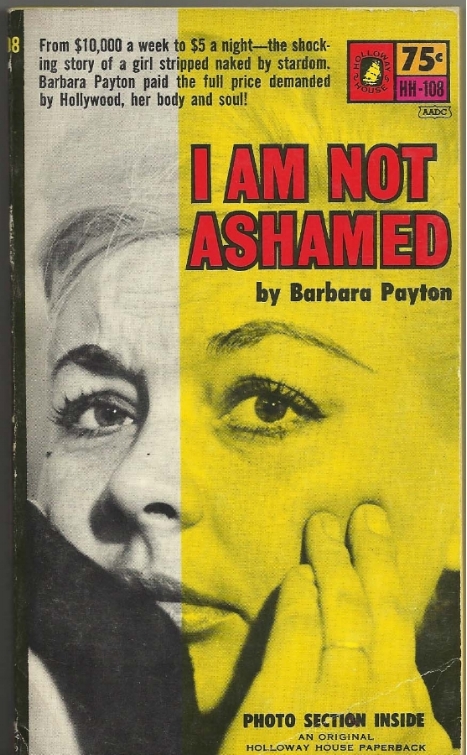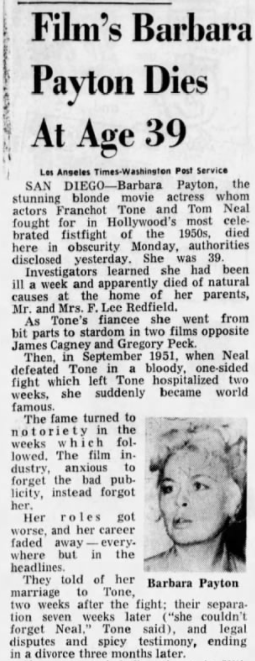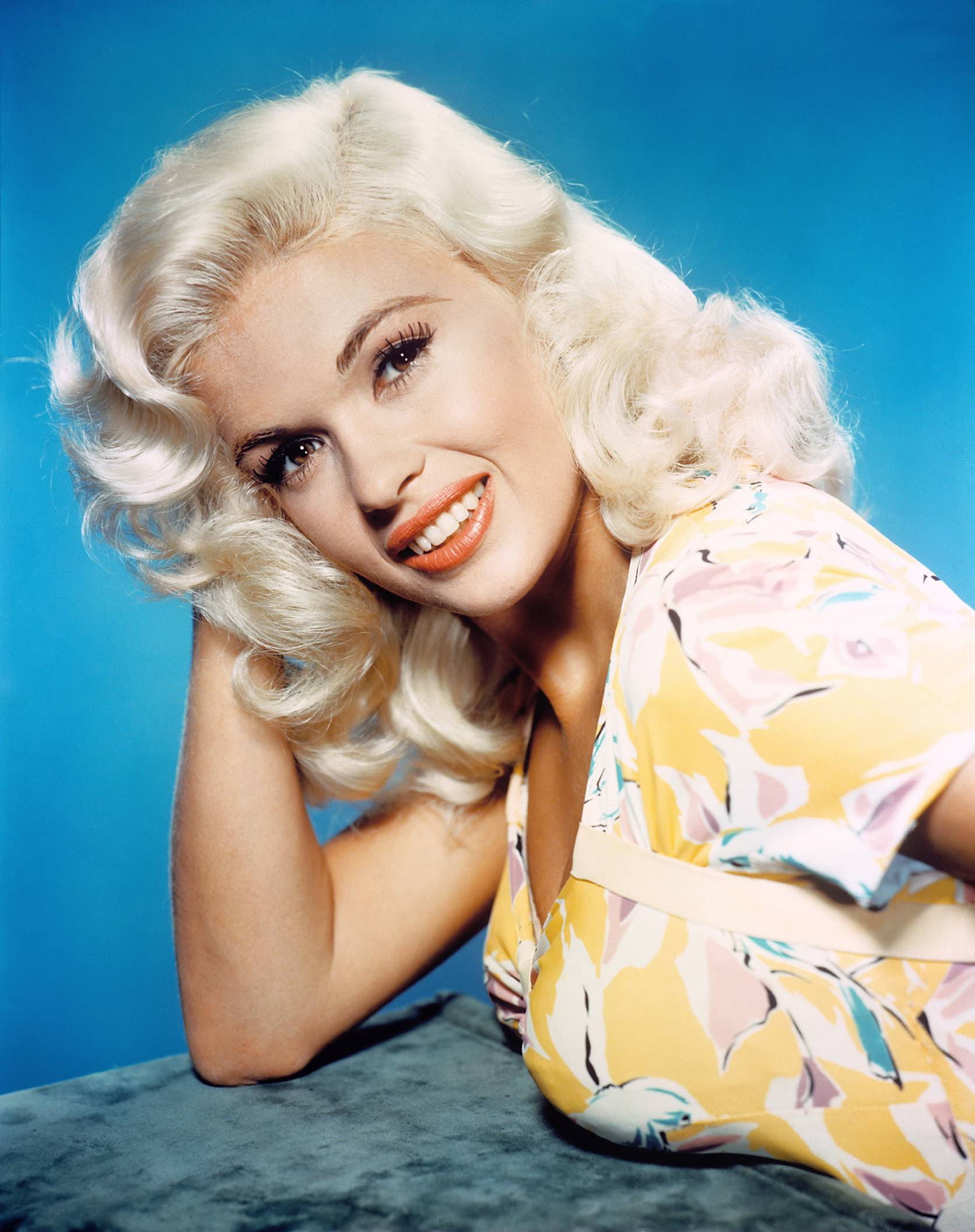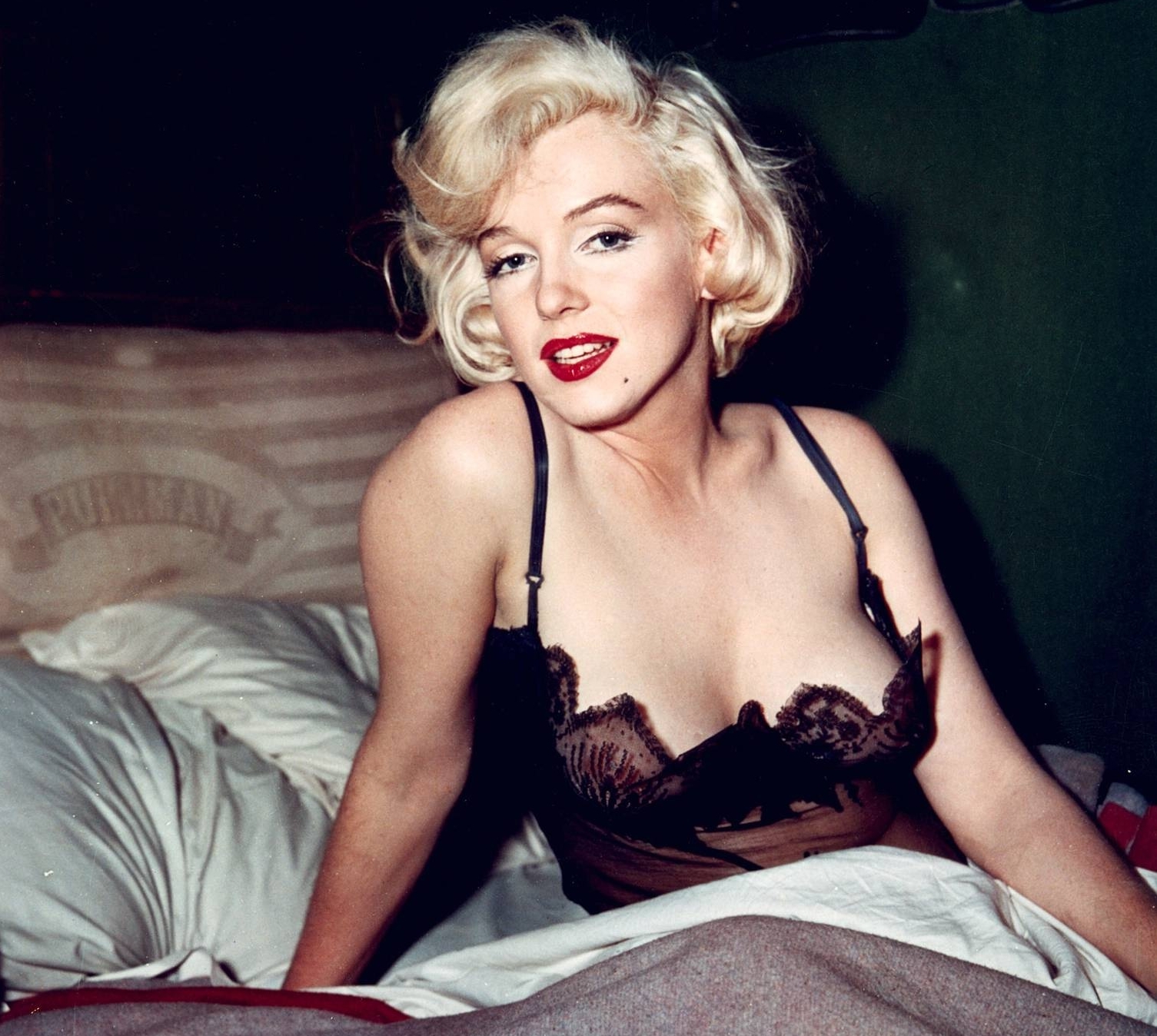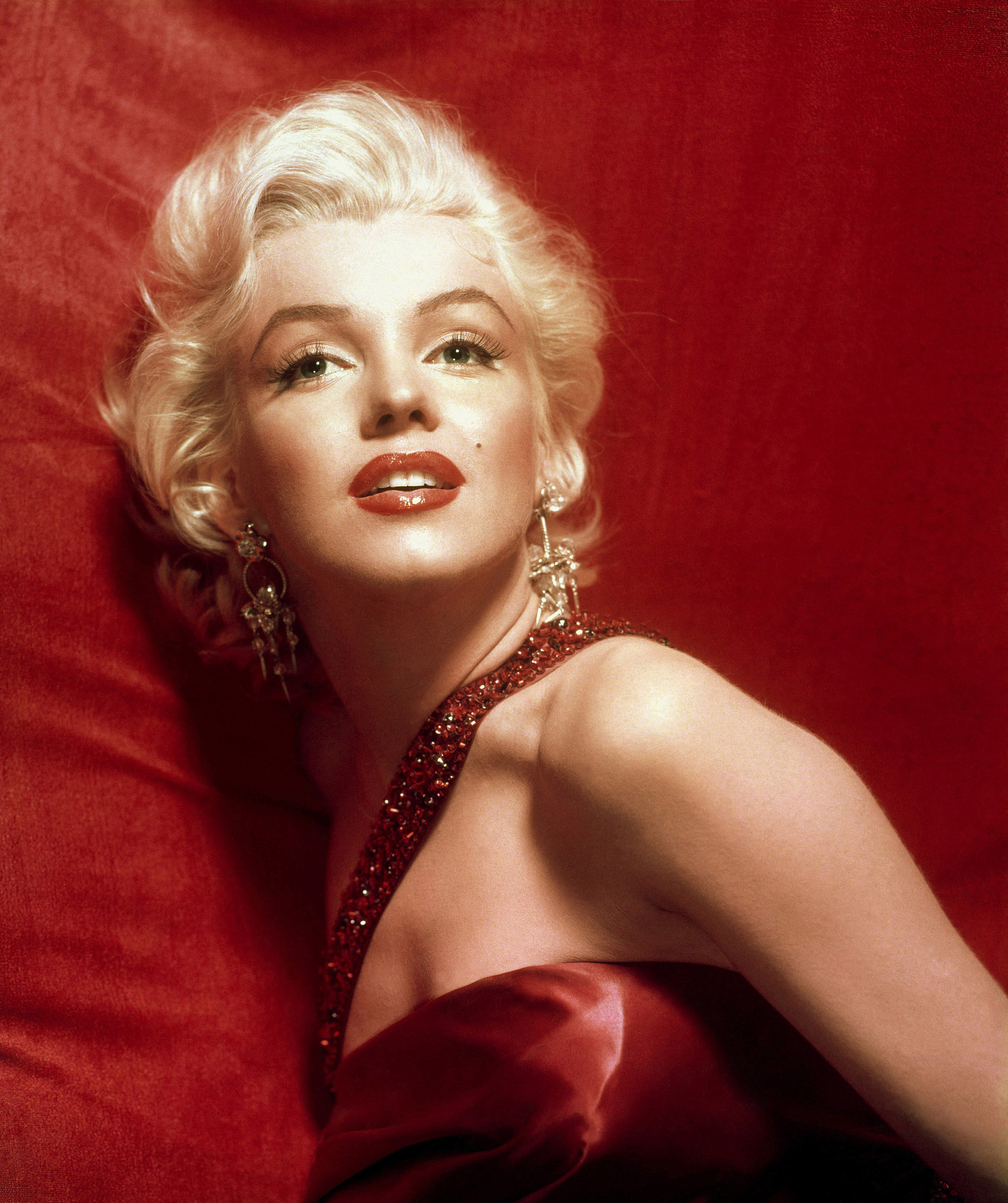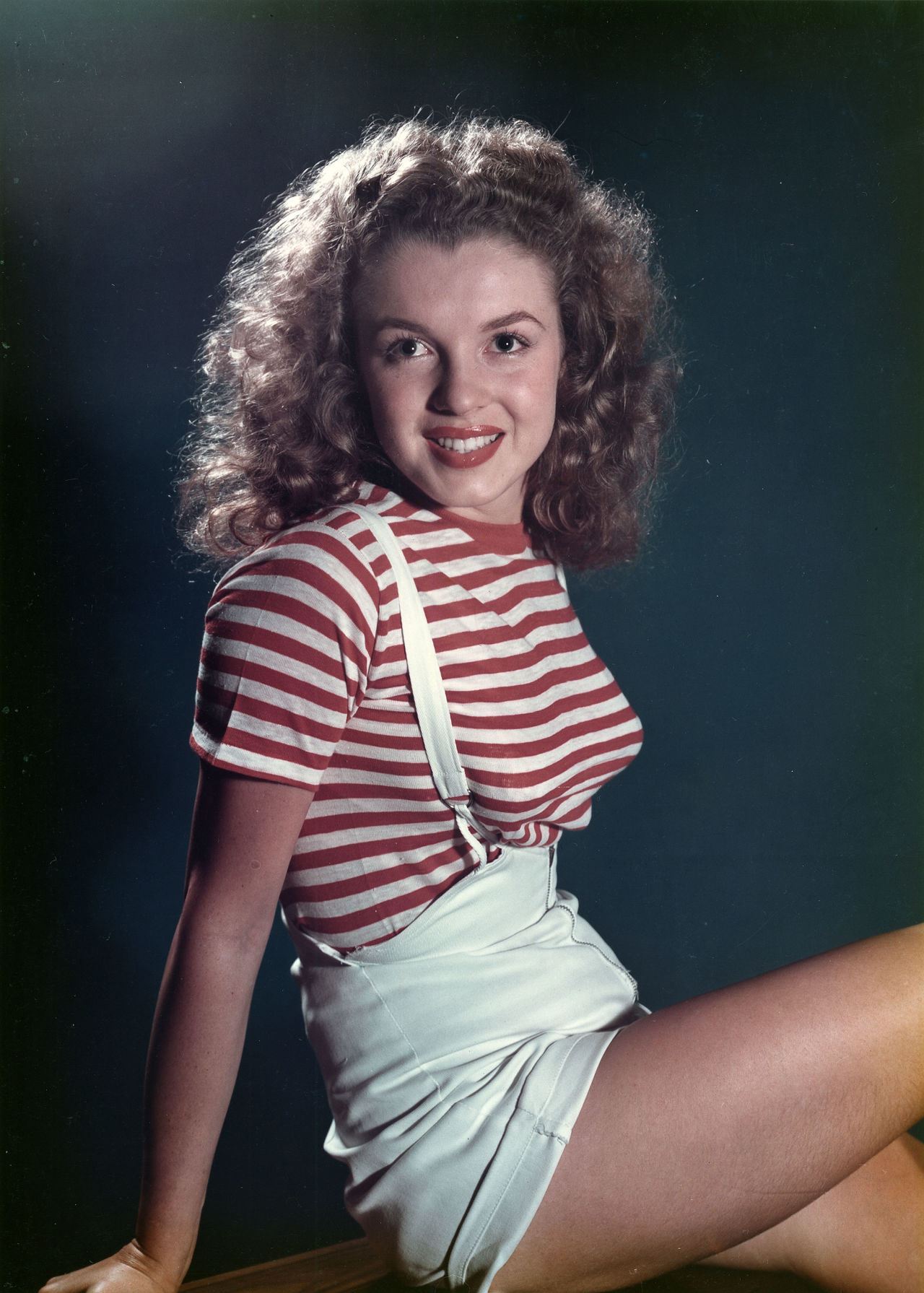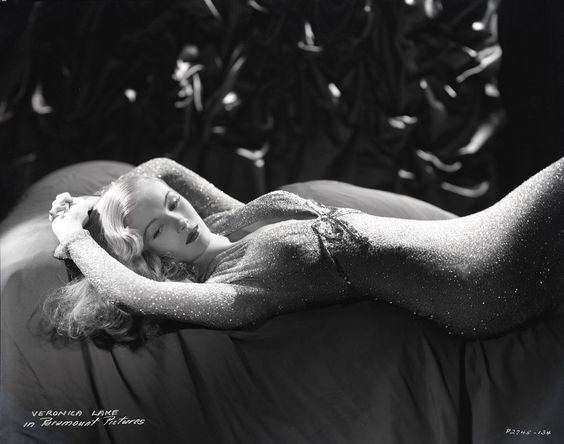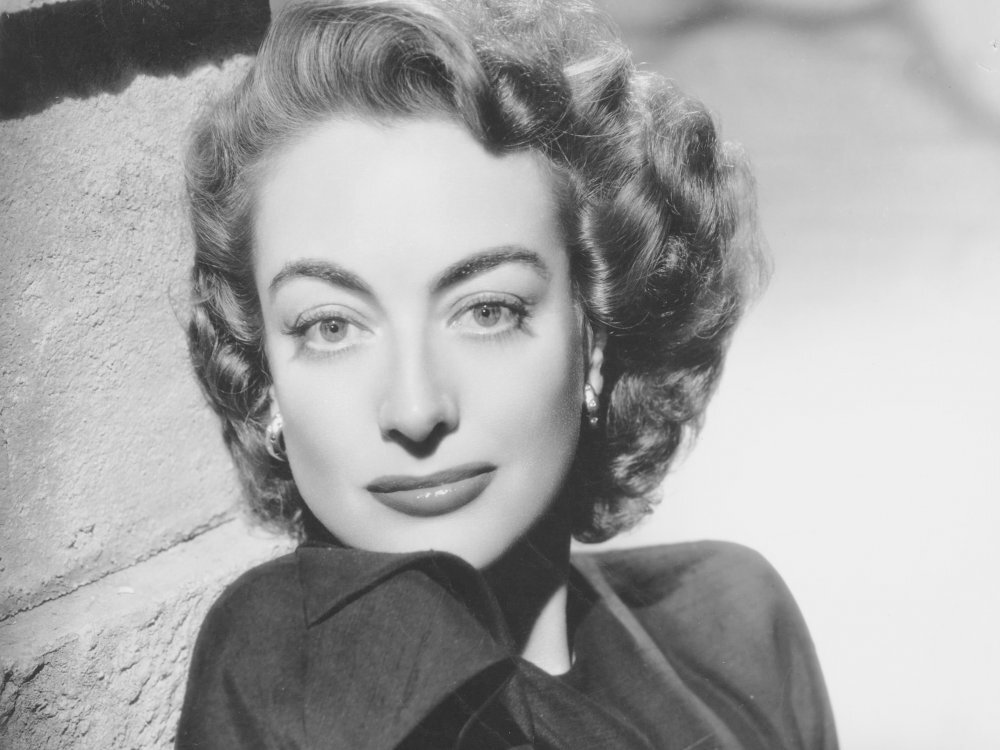Dead Blondes explores Hollywood and the larger culture's fascination with blonde women as perfect angels, perfect sex objects and perfect victims. From Jean Harlow to Veronica Lake, Marilyn Monroe to Dorothy Stratten, this season tells the stories of eleven actresses who died unusual, untimely or otherwise notable deaths which, in various ways, have outshined these actress’ careers and lives.
Episodes:
PEG ENTWISTLE was idolized by Bette Davis, but virtually unknown in the movie industry -- until she took her own life by jumping off of the Hollywood Sign. Listen
THELMA TODD, a curvaceous white-blonde who predated Jean Harlow -- was a sparkling comedienne who began in the silent era and flourished in the talkies. She was also an early celebrity entrepreneur, opening a hopping restaurant/bar with her name above the door. But today, Thelma is best remembered for her shocking 1935 death, which was deemed an accident but still sparks conspiracy theories that it was really murder. Listen
JEAN HARLOW was the top blonde of the 1930s, and even though she didn’t survive the decade -- she died in 1937 at the age of 26 -- she’d inspire a generation of would-be platinum-haired bombshell stars. Today we revisit our 2015 episode on Harlow, to set the stage for the relentless forward march of Dead Blondes through the Twentieth Century. Listen
VERONICA LAKE had the most famous hairdo of the 1940s, if not the twentieth century. Her star turn in Preston Sturges’ Sullivan’s Travels and her noir pairings with Alan Ladd made her Paramount’s biggest wartime draw behind Hope and Crosby, but behind the scenes, Lake was a loner with a drinking problem who didn’t give an F about Hollywood etiquette. Bankrupt and without a studio contract, in the early 1950s she consciously quit movies. She claimed she left Hollywood to save her own life -- so how did she end up dead at 50? Listen
CAROLE LANDIS was a gifted comedienne, a decent singer, and -- once she dyed her naturally brown hair blonde -- perhaps the most luminous beauty in movies of the early 1940s. Plus, she was one of the most dedicated USO performers of WWII, and her elopement with an Air Force pilot on her travels became the inspiration for a book, movie and long-running tabloid narrative. But then Landis fell into an affair with Rex Harrison -- and this affair turned out to be Landis’ last Listen
MARILYN MONROE: THE BEGINNING: We begin the first of three episodes on the most iconic dead blonde of them all, Marilyn Monroe. We’ll start by revisiting our episode on Marilyn from our series on stars during World War II, in which we traced the former Norma Jeane from her unhappy, almost parentless childhood through her teenage marriage, her work in a wartime factory, her hand-to-mouth days as a model, her struggles to break into movies and, finally, the sex scandal that made her a star. Listen
MARILYN MONROE: THE PERSONA: How did Marilyn Monroe become the most iconic blonde of the 1950s, if not the century? Today we will trace how her image was created and developed, through her leading roles in movies and her featured coverage in the press, looking specifically at the ways in which Monroe’s on-screen persona took shape during the height of her career. We’ll pay special attention to the films Niagara, Gentlemen Prefer Blondes, How to Marry a Millionaire, and Bus Stop, and the struggles behind the scenes of Seven Year Itch and The Prince and the Showgirl. Listen
MARILYN MONROE: THE END: How did a star whose persona seemed to be all about childlike joy and eternally vibrant sexuality die, single and childless, at the age of 36? In fact, the circumstances of Marilyn Monroe’s death are confusing and disputed. In this episode we will explore the last five years of her life, including the demise of her relationship with Arthur Miller, the troubled making of The Misfits, and Marilyn’s aborted final film, and try to sort out the various facts and conspiracy theories surrounding her death. Listen
JAYNE MANSFIELD: More famous today for her gruesome car crash death than for any of the movies she made while alive, she was in some sense the most successful busty blonde hired by a studio as a Marilyn Monroe copy-cat. Mansfield’s satirical copy of Monroe’s act was so spot-on that it helped to hasten the end of the blonde bombshell, paradoxically endangering both actress’ careers. But she did manage to star in Hollywood’s first rock n’ roll movie, Hollywood’s first postmodern comedy, meet The Beatles, experiment with LSD, cheerfully align herself with Satanism for the photo op, and much more. Listen
BARBARA PAYTON: In our Joan Crawford series, we talked about Barbara Payton as the young, troubled third wife of Crawford’s ex Franchot Tone, whose inability to choose between Tone and another actor brought all three of them down into tabloid Hell. Today, we revisit Payton’s story, and expand it, to explore her rise to quasi-fame, and the slippery slope that reduced her from “most likely to succeed” to informal prostitution, to formal prostitution, and finally to a way-too-early grave. Listen
GRACE KELLY: The quintessential “Hitchcock blonde” had an apparently charmed life. Her movies were mostly hits, her performances were largely well-reviewed, and she won an Oscar against stiff competition. Then she literally married a prince. Was it all as perfect as it seemed? Today we’ll explore Kelly’s public and private life (and the rumors that the two things were very different), her working relationship with Hitchcock, her Oscar-winning performance in The Country Girl, the royal marriage that took her away from Hollywood and Kelly’s very specific spin on blonde sexuality. Listen
BARBARA LODEN won a Tony Award for playing a character based on Marilyn Monroe in Arthur Miller’s After the Fall. Like Marilyn, Barbara was a beauty with no pedigree who fled a hopeless upbringing in search of the fulfillment of fame. Like Marilyn, Loden found some measure of security as the mistress (and eventual wife) of a powerful man, in Loden’s case Elia Kazan. But instead of satisfying her, her small taste of fame and her relationship with Kazan left Barbara Loden wanting more, which would lead her to write, direct and star in a groundbreaking independent movie of her own. Listen
DOROTHY STRATTEN: Our Dead Blondes season concludes with the story of Dorothy Stratten. Coaxed into nude modeling by Paul Snider, her sleazy boyfriend-turned-husband, 18 year-old Stratten was seized on by Playboy as the heir apparent to Marilyn Monroe. She ascended to the top of the Playboy firmament quickly, and just after Hugh Hefner decided to make her Playmate of the Year, she met filmmaker Peter Bogdanovich, who fell in love with her and rewrote his upcoming film, They All Laughed, to give Dorothy a star-making role. After filming They All Laughed Dorothy planned to leave Snider and Playboy for life with Bogdanovich -- but her husband had other ideas. Listen
